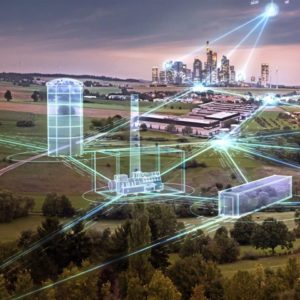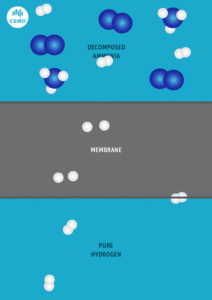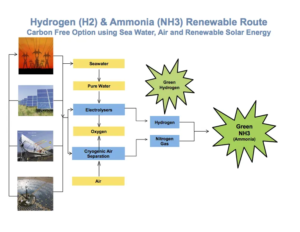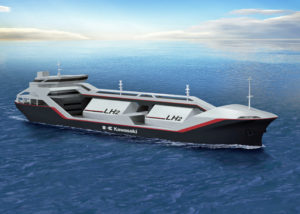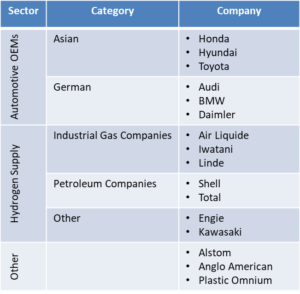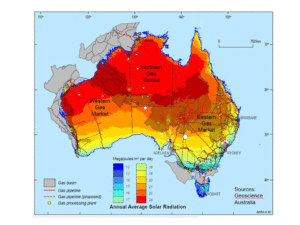Yara's Solar Ammonia Plant is a Key Step toward Global Trade in Renewable Energy
In the last 12 months ... Yara's Australian unit announced plans to build a pilot plant to produce ammonia using solar power. This is a key step in Australia's efforts to develop its economy around clean energy exports, and could lead to a new system of global trade in which renewable ammonia is an energy commodity.
